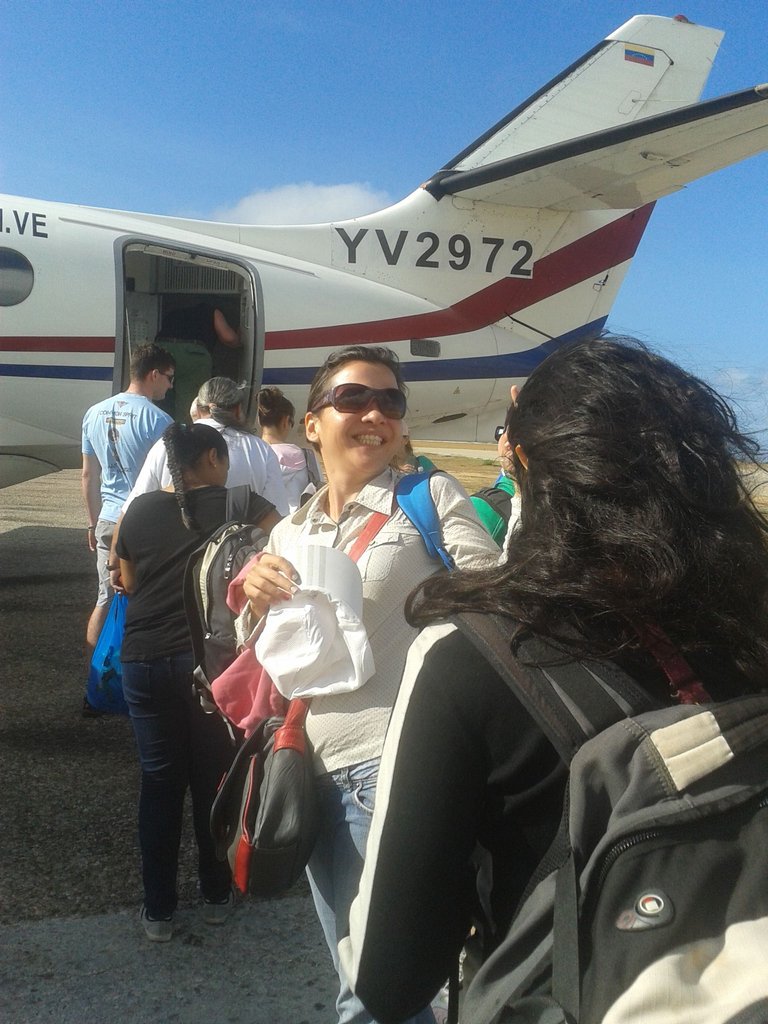
I am a Senior Technician in Tourism, and since I graduated I had always practiced my profession, until 2016 due to the decline of Tourism in my country. My last job was in a tour operator as an international travel consultant, and for that reason they sent us to know and inspect the destinations, accommodations and other services that we offered in the tour packages.
One of these destinations was the Orinoco Delta (in previous blogs I talked about Canaima and Los Roques).
A litlle introduction:
- The Orinoco Delta, born from the mouth of the Orinoco River, is the second largest Delta of the American continent, after the Delta of the Amazon, it is comparable to the Niger River of Africa. Its extension made the first Spanish explorers thought that it was a sea.
- It is located in the Delta Amacuro State, in the Eastern region of Venezuela, its capital is the city of Tucupita, which is its most populated center, the rest is pure jungle and water.
- It is considered a place of great scenic richness due to the great variety of flora and fauna that it houses.
- Its humid tropical forest ecosystem is protected by the second largest indigenous population of Venezuela, the "Waraos" (which means people from boats, wa = canoa, indigenous boats, raos = people).
Upon arrival at the Tucupita Airport, we embarked on a motor boat to navigate the Orinoco River, for approximately 2 hours, until we reach the Delta.
Already in the place we stayed in one of the camps that are there, specifically the Orinoco Delta Lodge.
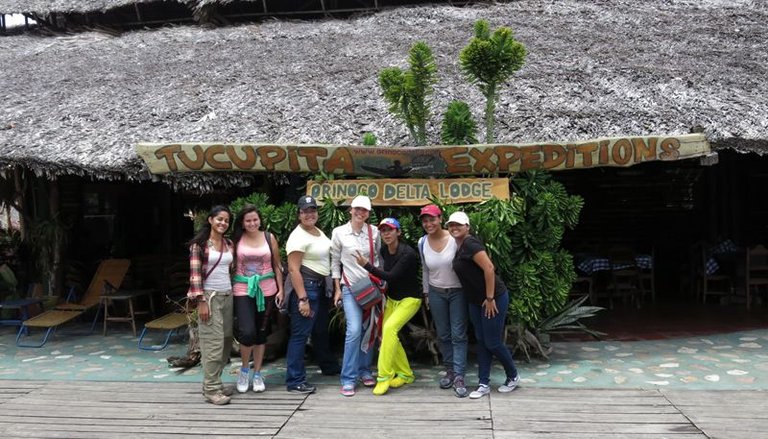
After lunch, we took a boat tour of the Delta, during which we could observe the fauna and flora of the area and we were in contact with the Waraos Indians, who live off the sale of local crafts.
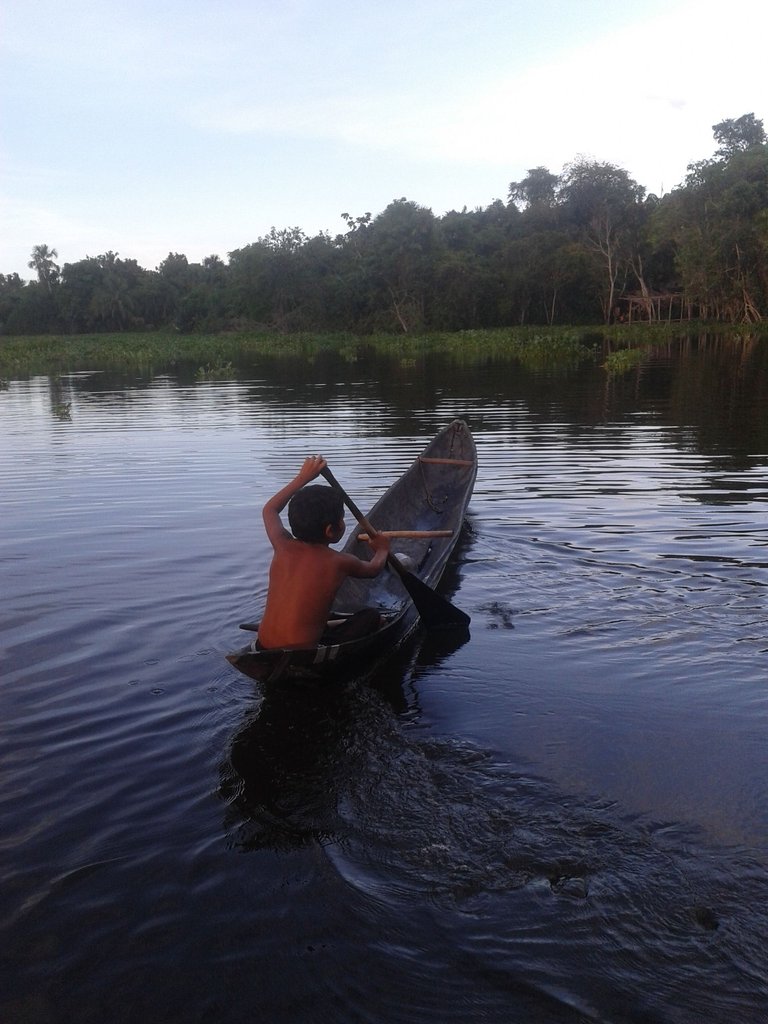
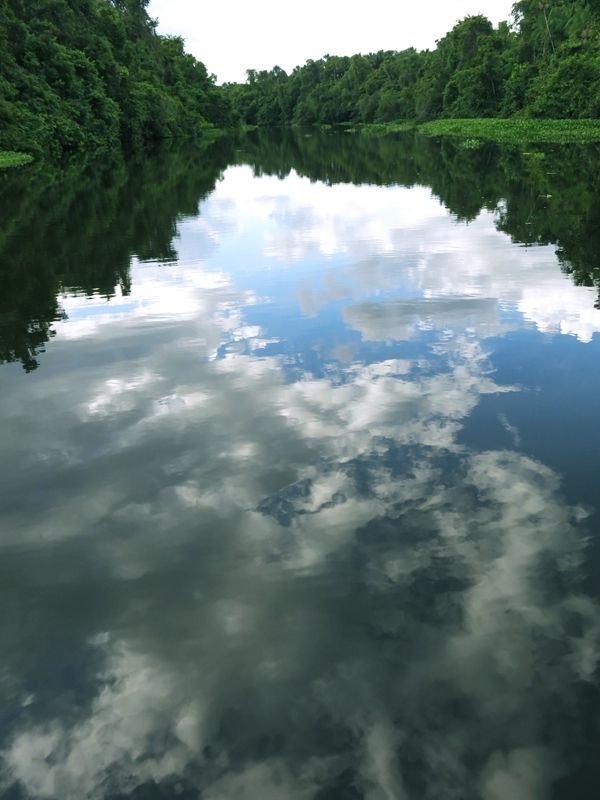
Many foreign tourists bring (even today) sweets to give to children Waraos, which is not recommended, because due to the conditions in which these people live, children suffer a lot from parasites. If you ever want to visit this wonderful place, preferably give the Indians clothes and/or medicines.
After visiting the indigenous community we entered to the Selva, to observe more closely its flora and fauna.
Water cacao plant
Indigenous eating worm of the moriche palm, favorite dish for the Waraos.
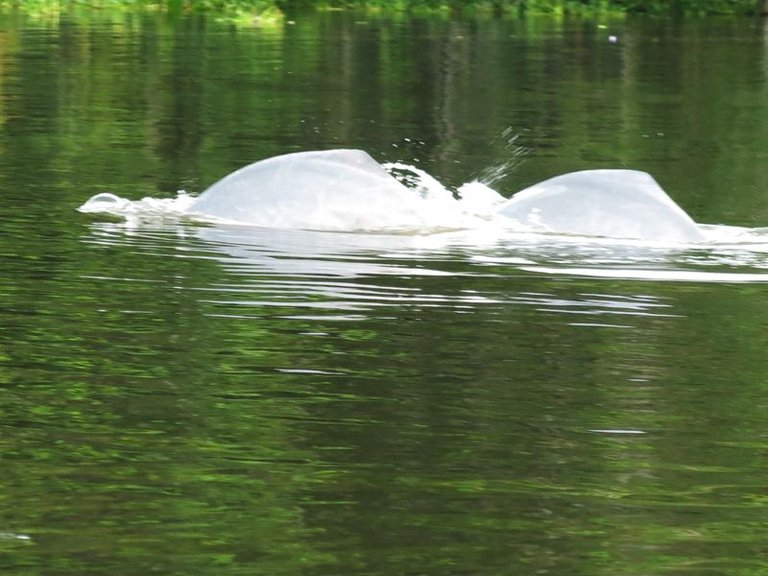
Toninas, or pink dolphin, is the largest freshwater cetacean in the world, they are born gray and as they grow they can maintain that color or change it to pink.
Small baba or alligator goggle, native of the American continent, easy to see in its natural state.
In the late afternoon, we anchored in the middle of the river to admire the beautiful sunset that the Orinoco Delta offers.
I fully recommend this adventure in this remote Eden of the Venezuelan territory. Where you disconnect from the routine, chaos, smog and make you fill with good vibes, inner peace and allows you to connect even for a few minutes with your own being..


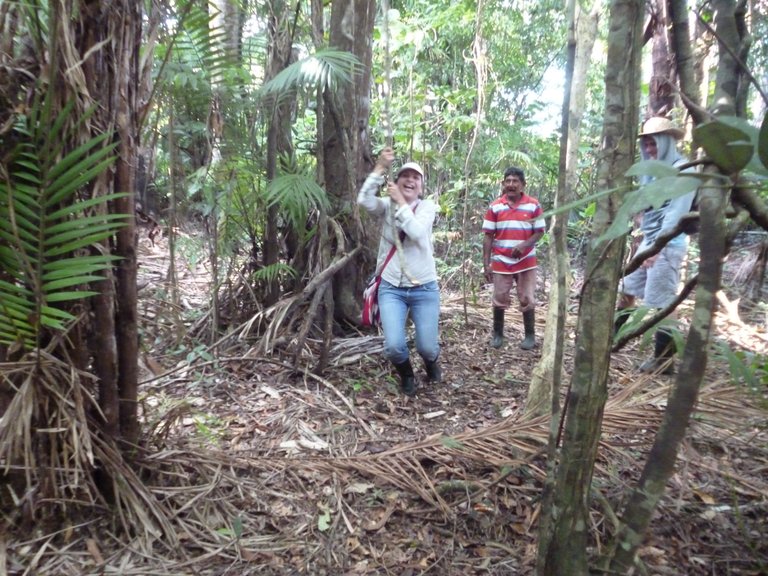
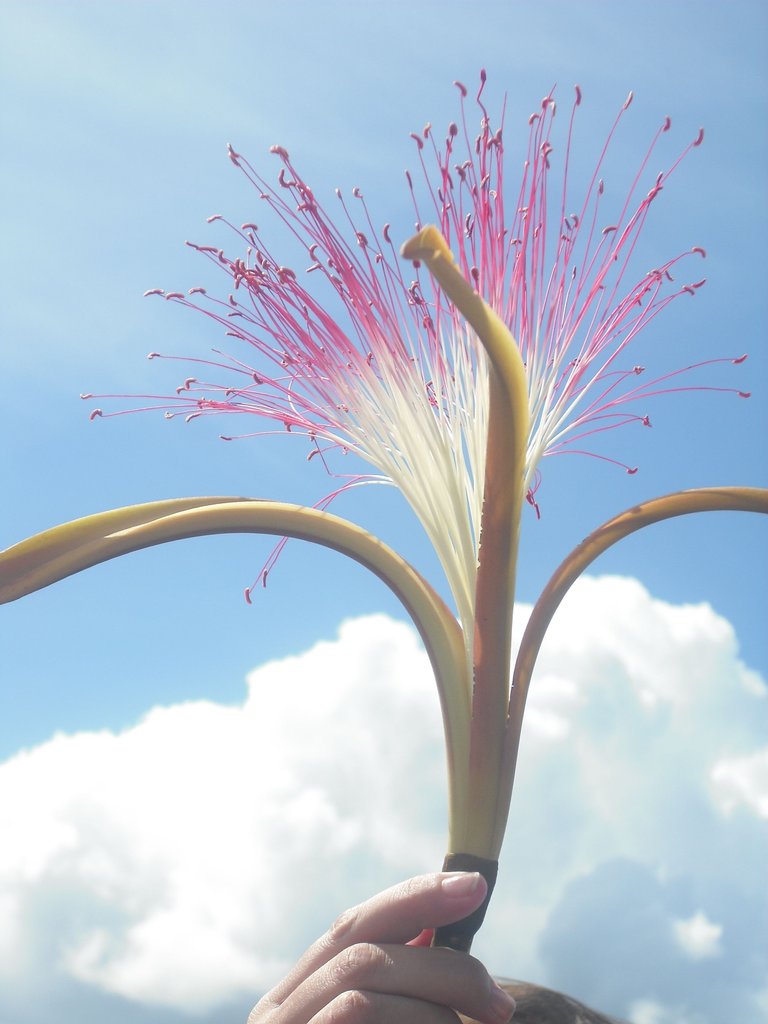
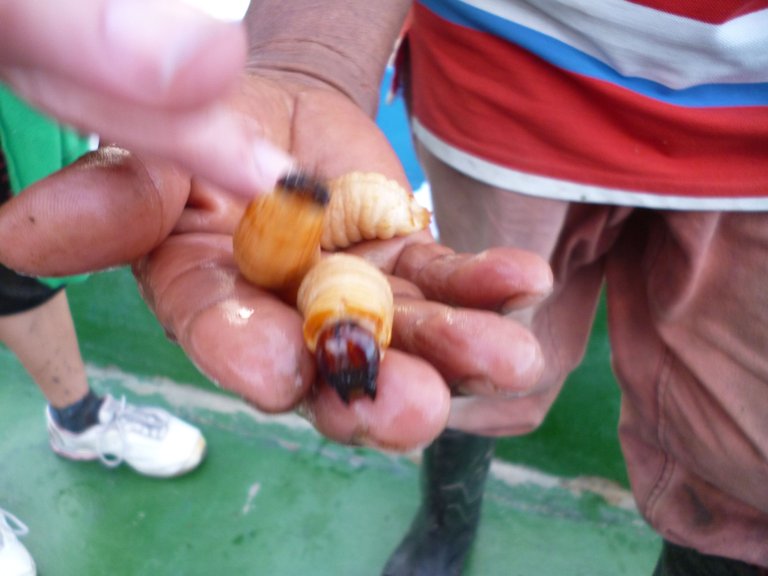
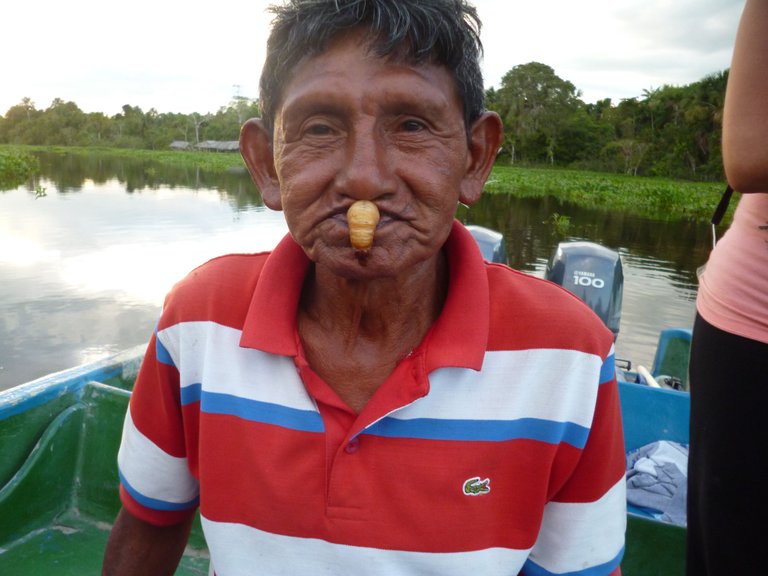
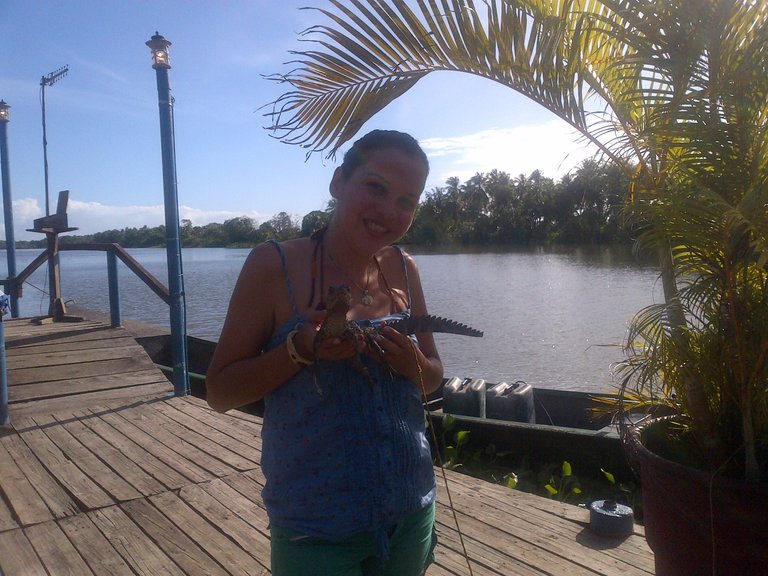
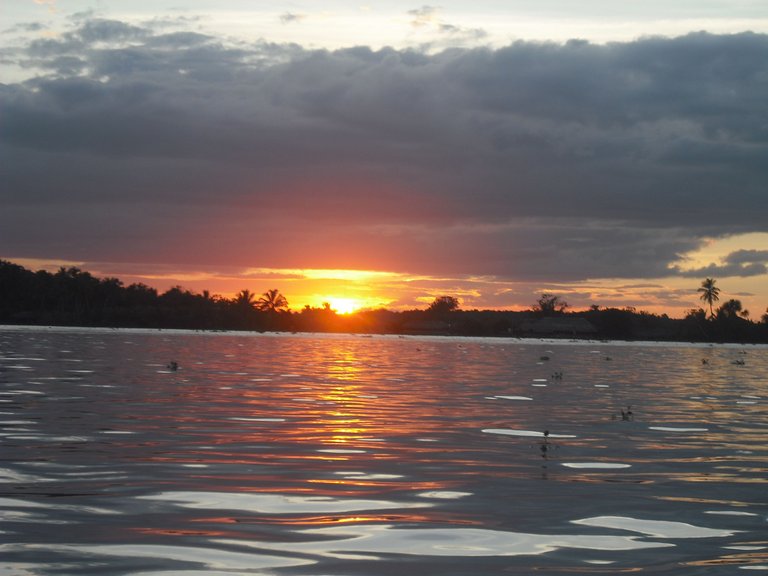
@caap13: ^_^
thanks for being so creative, i know the Lord is with you, he will fight for you. You need only to be still.
That looks like a fascinating excursion. It would be very interesting to learn more about the indigenous cultures of the area, although I've never really been a fan of tours and short visits. I've never heard of a tonina before, but they look interesting too!